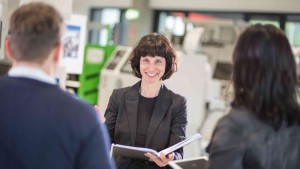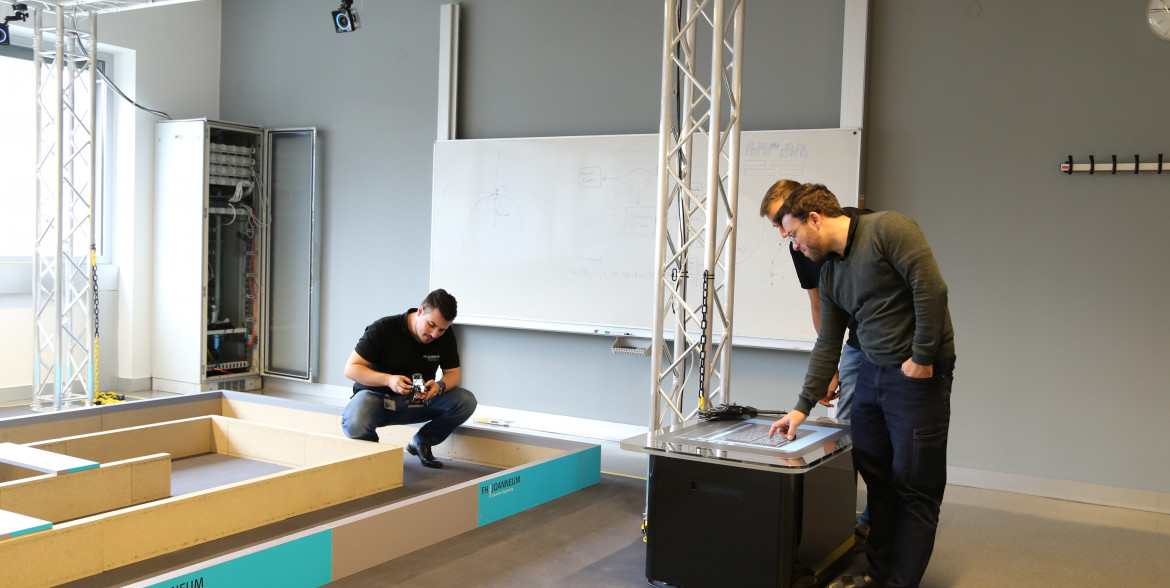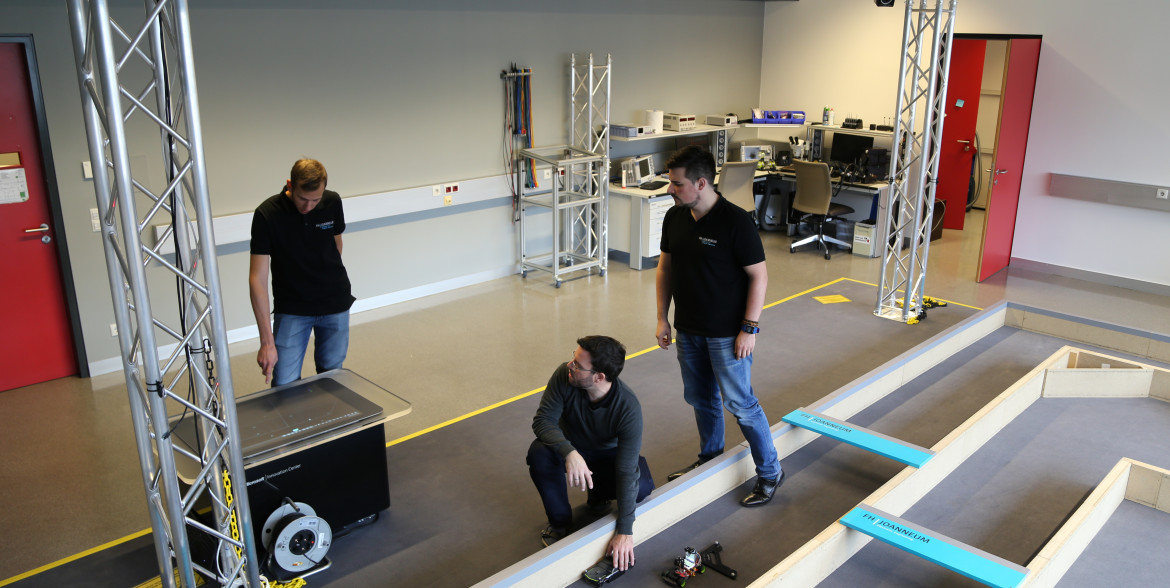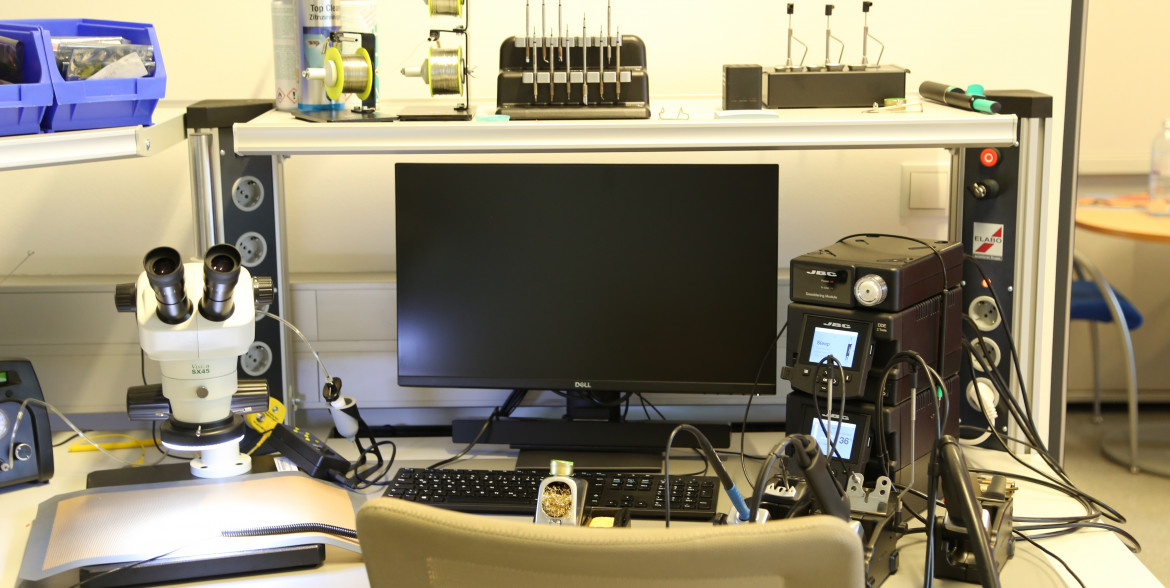aiMotionLab – Artificial Intelligence in Motion Laboratory
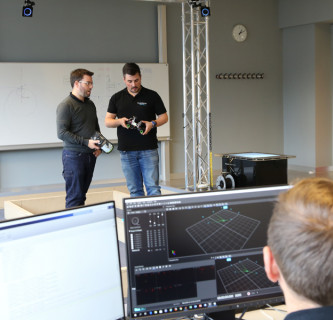
The aiMotionLab is a collaborative, multidisciplinary research infrastructure for the development, implementation and evaluation of AI systems (AI = artificial intelligence) for connected, mobile cyber-physical systems. The lab is operated by three Styrian universities and funded by the Styrian regional government. The practical and application-oriented research infrastructure is designed to drive AI research in Styria, which is of special importance for promoting the region as a science and business location. It also serves to prepare students and companies for the progressive digitalisation of the relevant fields of activity.
The aiMotionLab uses expertise in algorithms and machine learning, software and hardware architectures, wireless and wired networks as well as electronics and sensor technology to carry out complex experiments on self-learning, mobile and connected cyber-physical systems. The aiMotionLab allows experts to develop and simulate new algorithms in AI research, while also testing and evaluating them in a controlled test environment.
Computing capacity for deep neural networks
The aiMotionLab combines a physical testing space with high-performance computer hardware, thus offering optimal conditions for the development and practical testing of AI algorithms. The data generated in the testing space are analysed and evaluated by the GPU grid, and the results are again made available for practical testing.
The data are usually analysed using pattern recognition with the aim of identifying and classifying the data based on semantic labels. Over the past few years, deep neural networks have become a key method in speech, image and signal processing since they have often proved superior to other approaches for these applications. However, deep neural networks require enormous computing power.
The aiMotionLab provides sufficient computing capacity to deal with the following topics:
The optical tracking system allows moving objects to be localised in 3D space in the millimetre range. It is based on an array of twelve fixed high-speed cameras and objects fitted with markers. The tracking system covers a space of approx. 7 x 7 x 3 meters. Objects in this space can be captured with a positional accuracy of up to 0.3 millimetres and an inclination accuracy of 0.05 degrees. The system features a frame rate of 360 frames per second enabling it to track up to 14 fast moving or flying objects. Spatial confinement is provided by a 3-point truss structure on which the cameras are mounted. The tracking system enables experiments on mobile cyber-physical systems such as model vehicles or drones, which require high-precision positioning as a reference. Machine learning algorithms can thus be tested and improved in a physical environment.
State-of-the-art laboratory and measuring equipment is provided for the installation, maintenance and evaluation of the cyber-physical systems. This allows integration of the necessary hardware and sensors as well as temporal and spectral measurements up to the high Gigahertz range. The laboratory and measurement equipment includes:
- ESD laboratory benches with signal analysers,
- logic analysers and
- a mixed-signal oscilloscope.


